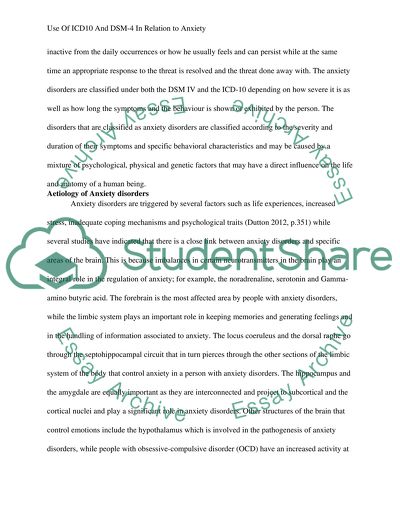Cite this document
(“Critically analyse the use of ICD10 and DSM-4 in relation to Anxiety Essay”, n.d.)
Critically analyse the use of ICD10 and DSM-4 in relation to Anxiety Essay. Retrieved from https://studentshare.org/psychology/1482502-critically-analyse-the-use-of
Critically analyse the use of ICD10 and DSM-4 in relation to Anxiety Essay. Retrieved from https://studentshare.org/psychology/1482502-critically-analyse-the-use-of
(Critically Analyse the Use of ICD10 and DSM-4 in Relation to Anxiety Essay)
Critically Analyse the Use of ICD10 and DSM-4 in Relation to Anxiety Essay. https://studentshare.org/psychology/1482502-critically-analyse-the-use-of.
Critically Analyse the Use of ICD10 and DSM-4 in Relation to Anxiety Essay. https://studentshare.org/psychology/1482502-critically-analyse-the-use-of.
“Critically Analyse the Use of ICD10 and DSM-4 in Relation to Anxiety Essay”, n.d. https://studentshare.org/psychology/1482502-critically-analyse-the-use-of.


